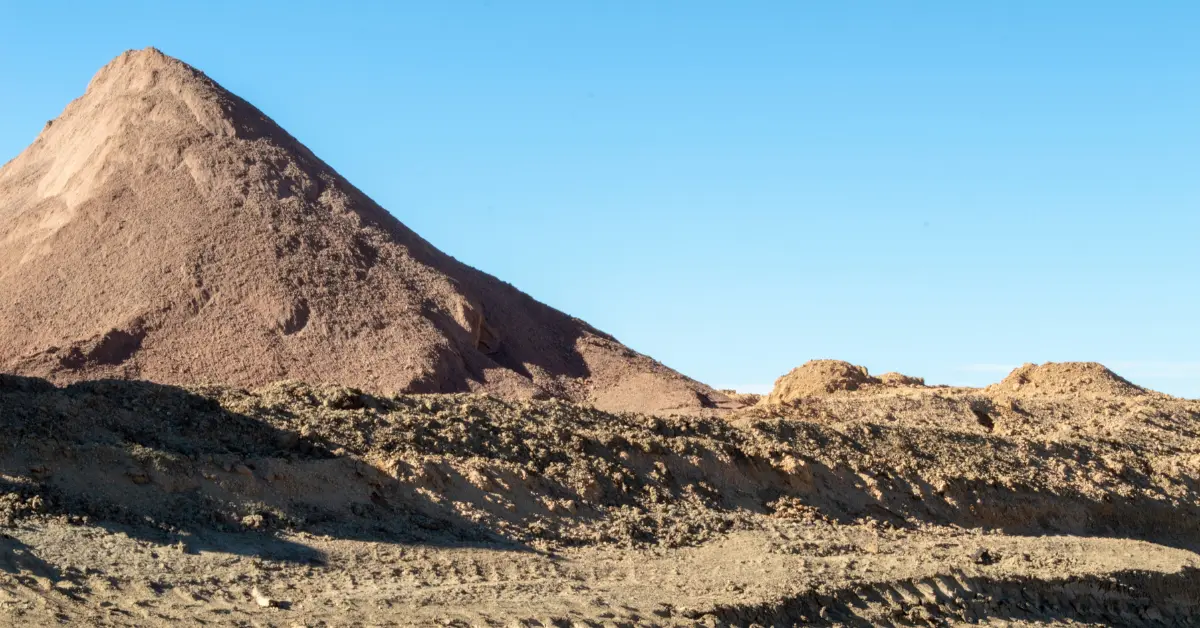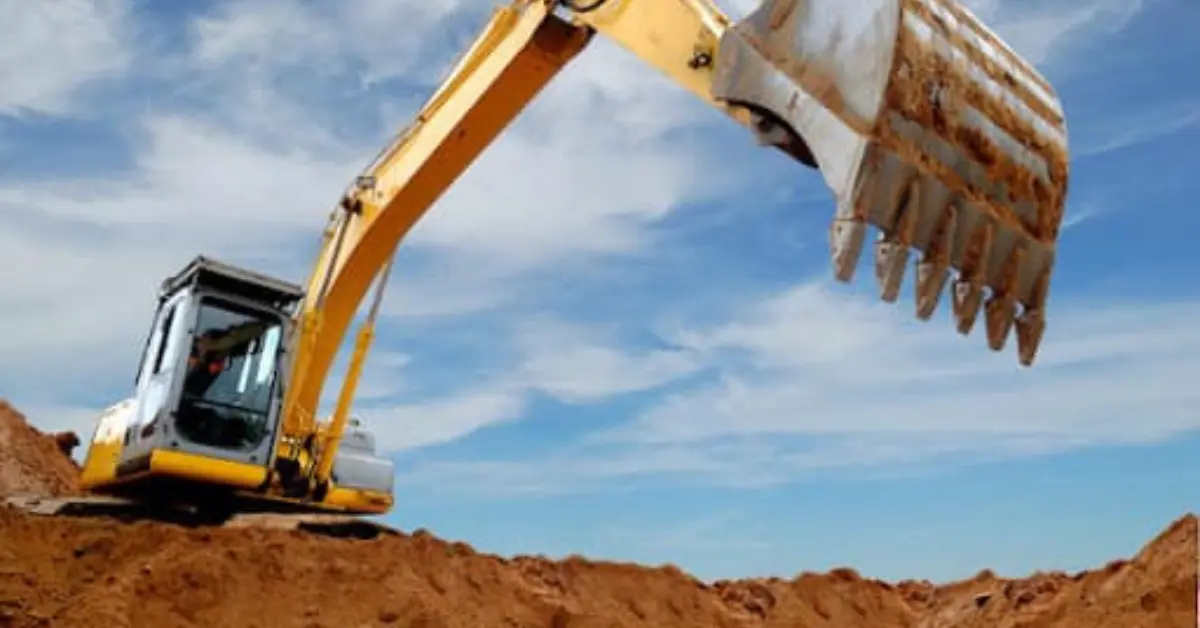
Soil quality underpins the success of any landscape or construction endeavor. From nourishing vibrant gardens to supporting robust foundations, the right soil ensures that plants flourish and structures endure. In landscaping, nutrient-rich, well-draining soil promotes healthy root systems, efficient water retention, and optimal plant growth. For construction, stable, properly compacted soil prevents foundation shifts, reduces the risk of erosion, and enhances structural longevity. By understanding the strengths and limitations of each soil type, you can tailor your approach.
Understanding the Importance of Quality Soil for Your Project
The Role of Soil in Landscape and Construction Projects
Soil acts as the foundation for both landscape and construction projects, playing a multifaceted role that extends beyond merely serving as a growing medium. In landscaping, soil provides essential nutrients and support for plants, directly affecting their ability to thrive. It influences water retention, drainage, and root development, all of which are critical for healthy plant growth. In construction, soil stability is crucial, as it significantly impacts the durability and longevity of structures. Unstable or improperly compacted soil can lead to foundational shifts, causing structural damage over time.

Common Types of Soil and Their Uses
Several types of soil are available, each suited to different applications. Understanding these types can help you choose the best soil for your project needs:
- Loam: Often considered the ideal soil for gardening, loam is a balanced mixture of sand, silt, and clay. It offers excellent water retention and drainage, making it suitable for a wide range of plants.
- Clay: Known for its density and compactness, clay soil retains water well but may drain poorly, leading to potential waterlogging. It's often used in landscaping projects that require stable soil, such as building ponds or creating berms.
- Sandy Soil: Characterized by large particles, sandy soil drains quickly and is easy to work with. However, it may require amendments to improve nutrient retention for plant growth. It's often used in areas needing rapid drainage, like in the construction of sports fields.
- Silt: With fine particles, silt holds moisture better than sandy soil but may compact easily. It provides a smooth texture and is often used in agricultural settings where moisture retention is crucial.
Each type of soil has distinct advantages and limitations, making it essential to match your project's needs with the appropriate soil type.
How Soil Quality Affects Plant Growth and Project Success
High-quality soil can enhance plant growth by providing essential nutrients and creating an optimal environment for root systems. Conversely, poor soil quality can lead to stunted growth, increased susceptibility to disease, and ultimately, project failure. Factors such as pH balance, organic matter content, and microbial activity all contribute to soil quality. Testing can reveal nutrient deficiencies or toxicities, guiding the amendment process to improve soil conditions. Moreover, soil quality significantly impacts sustainability and the environment. Good soil management practices, such as composting and mulching, can improve soil health over time, leading to sustainable landscapes. In construction projects, using quality soil reduces the risk of erosion and supports structural integrity. Well-compacted soil can prevent issues like settling or shifting, which can compromise the safety and durability of structures.
Product Selection and Recommendations
The ability to efficiently browse and select the right soil or landscape products is crucial for both project success and customer satisfaction. Local soil suppliers typically offer a diverse range of products, each tailored to specific needs such as gardening, lawn installation, erosion control, or decorative landscaping. To streamline the selection process, many suppliers organize their offerings into clear categories—such as bulk products, bagged products, compost, mulch, decorative stone, and specialty blends—either on their websites or in physical catalogs. These categories allow customers to quickly narrow down their options based on the scale and nature of their project. Additionally, suppliers often feature their most popular or best-selling products prominently, making it easy for customers to identify tried-and-true options that have proven effective for other buyers. For example, a supplier might highlight a specific enriched topsoil blend as ideal for vegetable gardens or showcase a decorative stone that’s frequently used for enhancing curb appeal.
Beyond simply listing products, reputable suppliers play an active role in helping customers make informed choices. They may designate certain items as “featured” or “recommended” based on seasonality, regional suitability, or customer feedback. These highlighted products often come with detailed descriptions that outline their unique benefits, suggested applications, and compatibility with various plants or landscaping goals. Some suppliers include comparison charts or side-by-side feature lists that break down the characteristics of each product, such as nutrient content, drainage capacity, and recommended use cases. This comparative information empowers customers to select the most appropriate product without needing to be soil experts themselves. Online soil calculators, for example, help customers determine the exact quantity of soil needed based on the area’s dimensions and the desired depth, reducing the risk of over- or under-ordering. In-store, knowledgeable staff can offer personalized recommendations based on the customer’s project details, local climate, and soil conditions.
Identifying and Comparing Local Soil Suppliers
Evaluating Supplier Reputation and Customer Reviews
A supplier's reputation can provide significant insights into their reliability and product quality. Begin by examining online reviews on platforms like Google Reviews, Yelp, and the Better Business Bureau. Look for patterns in customer feedback—consistent complaints about product quality or delivery issues can be red flags. Reach out to past customers when possible. Personal recommendations can be invaluable, offering a candid view of a supplier's strengths and weaknesses. Additionally, consider asking suppliers for references or case studies of past projects they've supported. This can help verify their experience with projects similar to yours. Industry certifications and memberships in professional organizations can also be indicators of a supplier's credibility.
Pricing and Cost Information
Understanding the pricing structures for bulk and bagged products is essential for effective budgeting and project planning. Bulk soil is typically sold by the cubic yard or ton, making it a cost-effective choice for large projects such as lawn installations, garden bed creation, or commercial landscaping. Prices for bulk topsoil can range from $35 to $55 per cubic yard for standard screened topsoil, with premium or enriched blends costing slightly more—often $50 to $60 per cubic yard. Delivery charges are usually calculated based on distance from the supplier and the total volume ordered. Many suppliers impose a minimum order requirement for delivery, typically set at 2 or 3 cubic yards, with delivery fees ranging from $20 to $60, depending on the location and accessibility. Some suppliers may offer discounted rates for larger orders or local deliveries within a specified radius.
Bagged soil, on the other hand, is sold in smaller, pre-measured quantities—typically in 40- or 50-pound bags, or by the cubic foot. Prices for bagged soil typically range from $3 to $7 per bag, depending on the type and quality of the soil. While bagged soil offers convenience for small-scale projects or touch-ups, it becomes significantly more expensive per unit volume compared to bulk purchases. For example, one cubic yard of soil is equivalent to approximately 27 cubic feet, or about 36 standard 0.75 cubic foot bags. Purchasing the same volume in bags could cost two to three times more than buying in bulk. To accurately estimate the quantity and cost of soil required, many suppliers provide online soil calculators. These tools allow you to input the area’s length, width, and desired depth, automatically calculating the total volume needed in cubic yards or feet.
Evaluating Soil Quality: What to Look For
Physical Characteristics of High-Quality Topsoil
Selecting the right topsoil is paramount for the success of any gardening or landscaping project. The quality of your soil directly impacts plant health, growth, and overall vitality. Below are the key indicators:
- Color and Organic Matter: A deep, dark color is a primary indicator of high organic matter content, a vital component for healthy plant growth. This rich hue signifies the presence of decomposed plant and animal materials, which consistently release essential nutrients as they break down. Soil abundant in organic matter not only provides a steady supply of nitrogen, phosphorus, and potassium, but also significantly improves soil structure, enhances water retention, and boosts microbial activity. Conversely, a lighter color can suggest a deficiency in organic matter, potentially leading to nutrient deficiencies and compromised soil health, which in turn impacts plant development.
- Texture and Moisture Retention: The ideal topsoil texture should be crumbly yet cohesive, similar to a sponge that can absorb and hold moisture without becoming waterlogged. This characteristic is crucial for several reasons. A crumbly texture allows for optimal root penetration, providing an unhindered path for roots to spread and access vital nutrients and water. The cohesive aspect ensures that the soil retains sufficient moisture for plant uptake, preventing rapid evaporation and drought stress.
- Absence of Debris: Quality topsoil should be meticulously free from extraneous debris such as large rocks, persistent twigs, extensive roots, and other unwanted materials. These contaminants can pose significant problems for plant growth and overall project success. Large rocks and compacted debris can physically impede root expansion, often leading to stunted growth or even plant death. Undecayed organic debris can harbor pests and diseases, introducing unwelcome challenges to your gardening efforts.
- Presence of Earthworms: The presence of earthworms is a powerful biological indicator of healthy, fertile soil, signifying a thriving ecosystem beneath the surface. These natural engineers play a critical role in both soil aeration and nutrient cycling. As they tunnel through the soil, earthworms create intricate channels that dramatically improve air and water infiltration, effectively reducing compaction and promoting robust root development. Their feeding habits involve ingesting soil particles and organic matter, which are then excreted as highly nutrient-rich castings. Their activity significantly enhances nutrient availability and improves plant growth, underscoring their importance in maintaining a thriving soil.
- The Hand Test: To quickly evaluate soil quality, a simple hand test offers valuable insights. Take a handful of soil and evaluate its texture; it should feel smooth and slightly gritty, with a noticeable crumbliness. Next, attempt to form a ball with the soil. High-quality topsoil should hold its shape when gently squeezed, indicating good cohesion, yet it should also crumble easily when lightly prodded, demonstrating adequate aeration and a balanced texture. If the soil remains a solid, unyielding clump, it may contain too much clay, leading to poor drainage.
By carefully considering these five indicators, you can confidently buy topsoil that provides the best possible environment for your plants to flourish. Investing in quality soil is an investment in the long-term health and beauty of your garden or landscape.
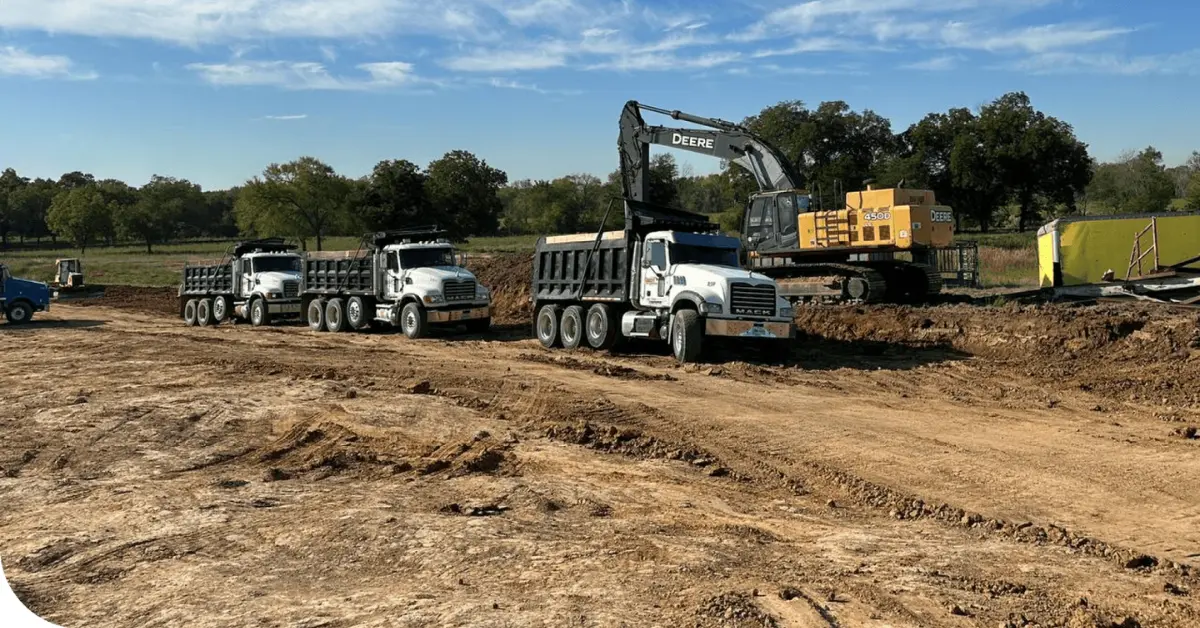
Understanding Soil Composition and Texture
The composition and texture of soil are critical factors that determine its suitability for different types of plants and projects. Soil texture is defined by the proportion of sand, silt, and clay, which affects drainage, aeration, and nutrient availability. A balanced loam, which typically contains 40% sand, 40% silt, and 20% clay, is ideal for most gardening applications as it provides optimal drainage and nutrient retention.
Understanding the chemical composition of soil is equally important. Essential nutrients such as nitrogen, phosphorus, and potassium should be present in adequate amounts to support plant growth. Additionally, the soil pH level, which measures the acidity or alkalinity, should align with the specific needs of your plants. Most plants thrive in a slightly acidic to neutral pH range of 6.0 to 7.0. Testing the soil's composition can be done through a professional soil test, which provides a comprehensive analysis of its nutrient content and pH level. Such tests help determine if any amendments are needed to optimize soil conditions for your project.
Signs of Low Quality Topsoil to Avoid
Identifying low-quality topsoil is as crucial as recognizing high-quality soil, to avoid the pitfalls of poor plant performance and increased maintenance costs. Low-quality soil often exhibits a light color, indicating low organic matter and nutrient content. It may also have a coarse, gritty texture or be excessively compacted, which hinders root growth and water penetration.
Another red flag is the presence of debris or contaminants, such as plastics, chemicals, or construction materials, which can be harmful to plants and the environment. Additionally, soil that emits a foul odor may indicate anaerobic conditions or the presence of harmful bacteria. Drainage issues can also signal poor quality. If the soil remains waterlogged for extended periods or drains too quickly, it can suffocate roots or deprive them of necessary moisture. A simple drainage test involves saturating the soil with water and observing how long it takes to drain. Ideally, the water should drain at a rate of one to two inches per hour. Be cautious of soil that is significantly cheaper than market standards. While cost-effective solutions are appealing, significantly lower prices may indicate compromised quality.
Ordering Soil Online: A Convenient Option
Advantages of Buying Dirt Online
Ordering soil online offers several compelling benefits that cater to both novice gardeners and professional landscapers. One of the primary advantages is the convenience it affords. With just a few clicks, you can have soil delivered directly to your doorstep, eliminating the need to transport heavy materials yourself. This is particularly beneficial for those who lack the necessary equipment or vehicle to haul large quantities of soil.
Another notable advantage is the extensive selection available. Online platforms often offer a broader range of soil types, including specialty soils tailored to specific gardening needs, such as organic mixes or soils enriched with specific nutrients. This allows you to tailor your purchase to suit the requirements of your project precisely. Online shopping can offer competitive pricing due to the sheer number of suppliers vying for business. This competition can drive down prices and often results in discounts or promotions that might not be available in physical stores.
Steps to Order Screened Topsoil Online
To guarantee a successful outcome and acquire soil perfectly suited to your needs, a systematic approach is essential. By meticulously planning, selecting the right supplier, confirming soil delivery logistics, and inspecting the product upon arrival, you can ensure your project starts on a solid foundation.
- Precisely Determine Your Soil Requirements: Begin by accurately calculating the exact volume of soil needed for your project. This involves meticulously measuring the dimensions of the area to be covered and defining the required depth, which varies significantly based on the project (e.g., 6-12 inches for new garden beds vs. 0.5-1 inch for top-dressing lawns). Use the formula: Area × Depth = Volume, ensuring consistent units. Online soil calculators can be helpful, and it's wise to round up slightly to compensate for compaction. This precision prevents both wasteful over-ordering and inconvenient under-ordering, keeping your project on track and within budget.
- Identify Reputable Screened Topsoil Suppliers: Focus your search exclusively on soils suppliers online explicitly offering "screened topsoil," which signifies the removal of debris for a consistent texture. A trustworthy supplier will provide comprehensive product descriptions detailing composition, pH levels, nutrient content, and sieve size. The gold standard for quality assurance is a readily available soil analysis report from an independent laboratory, offering transparent insights into physical and chemical properties.
- Understand Shipping Policies and Costs Thoroughly: Before finalizing your order, meticulously review all aspects of the supplier's shipping policies to avoid unexpected expenses or delays. Inquire about estimated delivery timeframes, especially if your project has a strict timeline. Obtain a clear, itemized breakdown of all delivery charges, as soil weight significantly impacts shipping costs. Understand the various affordable topsoil delivery methods (bags, bulk, dump truck) and their implications for unloading. Communicate any site access challenges (narrow driveways, overhead obstructions) to the supplier beforehand, as this can prevent aborted deliveries and associated re-delivery fees, ensuring a smooth arrival.
- Conduct a Comprehensive Post-Delivery Inspection: Upon the arrival of your cheap topsoil, immediately perform a thorough quality control inspection before accepting the delivery. Compare the delivered product against the online description and any provided analysis reports. Verify the absence of large rocks, roots, or other undesirable debris to confirm it’s truly screened. While precise measurement can be difficult, visually confirm the quantity matches your soil order. If any discrepancies or issues are observed, document them immediately with clear photos and report the problem to facilitate a prompt resolution.
A diligent approach ensures that you receive a high-quality product, delivered efficiently, setting a strong foundation for the success of your next landscaping or gardening endeavor.
Expert Advice and Customer Support
A key advantage of working with local soil suppliers is the ready availability of expert advice and attentive customer support throughout every stage of your project. Unlike large, impersonal retailers, local suppliers often employ knowledgeable staff with specialized backgrounds in horticulture, landscaping, or soil science. This expertise is invaluable, especially for customers who may be uncertain about which soil type best suits their specific needs or who require guidance on soil preparation, amendment, or application techniques. Many reputable suppliers encourage customers to reach out with questions—whether about soil composition, drainage, or compatibility with particular plants—and are equipped to provide tailored recommendations based on local climate and project goals. This level of personalized guidance not only streamlines the decision-making process but also helps prevent costly mistakes that can arise from using the wrong soil type or improper installation.
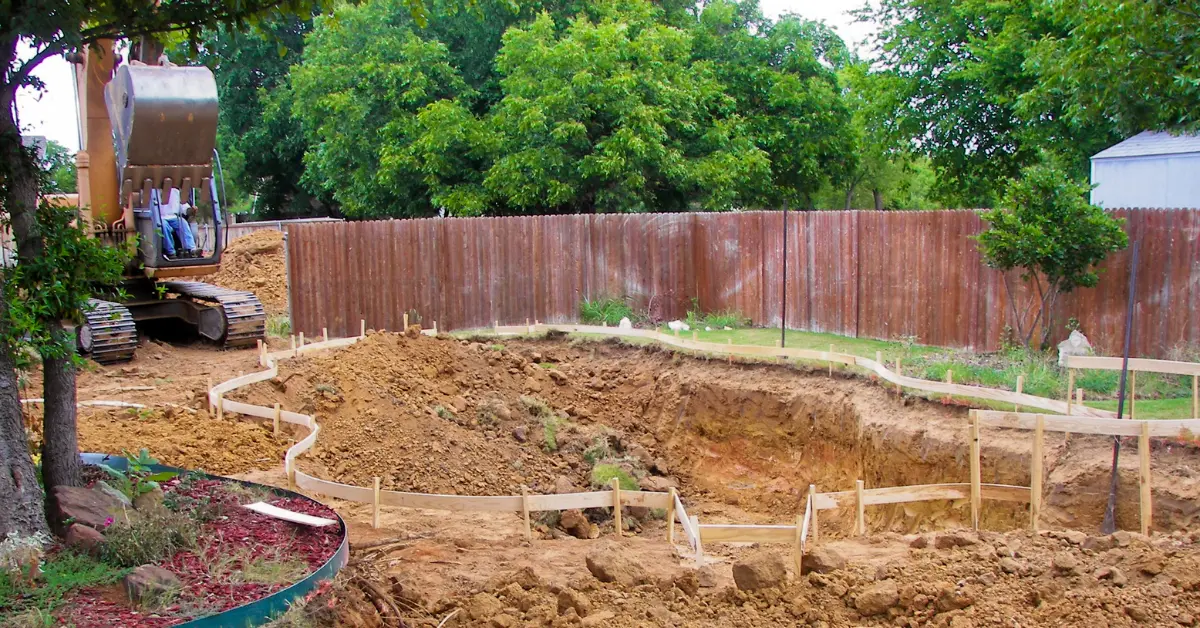
In addition to one-on-one consultations, many local soil suppliers provide answers to frequently asked questions (FAQs) through their websites, printed materials, or in-store resources. These FAQs often address common concerns such as calculating the amount of soil required for a given area, understanding the differences between topsoil and enriched blends, or best practices for delivery and storage. Some suppliers go further by offering educational content, including soil calculators, step-by-step installation guides, and seasonal tips for maintaining healthy soil. This proactive approach empowers customers to make informed decisions and fosters a sense of confidence, regardless of their level of experience.
Customer service accessibility is another hallmark of quality local soil suppliers. Most provide multiple channels for support, including phone, email, and in-person visits, ensuring that help is always within reach. Many suppliers prominently list their direct contact numbers on their websites, and some even offer live chat features for immediate assistance. Responsiveness is often a point of pride, with staff aiming to address inquiries or resolve issues quickly. Some suppliers also maintain a physical storefront or yard, allowing customers to inspect products firsthand and consult with experts face-to-face. This high level of accessibility and support distinguishes local suppliers from larger competitors, fostering long-term relationships built on trust and reliability
In every landscape or construction project, soil quality is the invisible cornerstone that determines both immediate performance and lasting success. By choosing soil tailored to your specific needs, you set the stage for healthier plants and stronger, more resilient structures. Evaluating topsoil by its color, texture, and organic content, and testing for pH and nutrient levels, empowers you to address deficiencies before they become costly problems. Partnering with reputable suppliers that offer comprehensive services ensures you receive materials that meet project specifications and comply with environmental standards. Investing time and resources in selecting and verifying quality soil pays dividends in reduced maintenance, enhanced sustainability, and improved overall outcomes.

.svg)





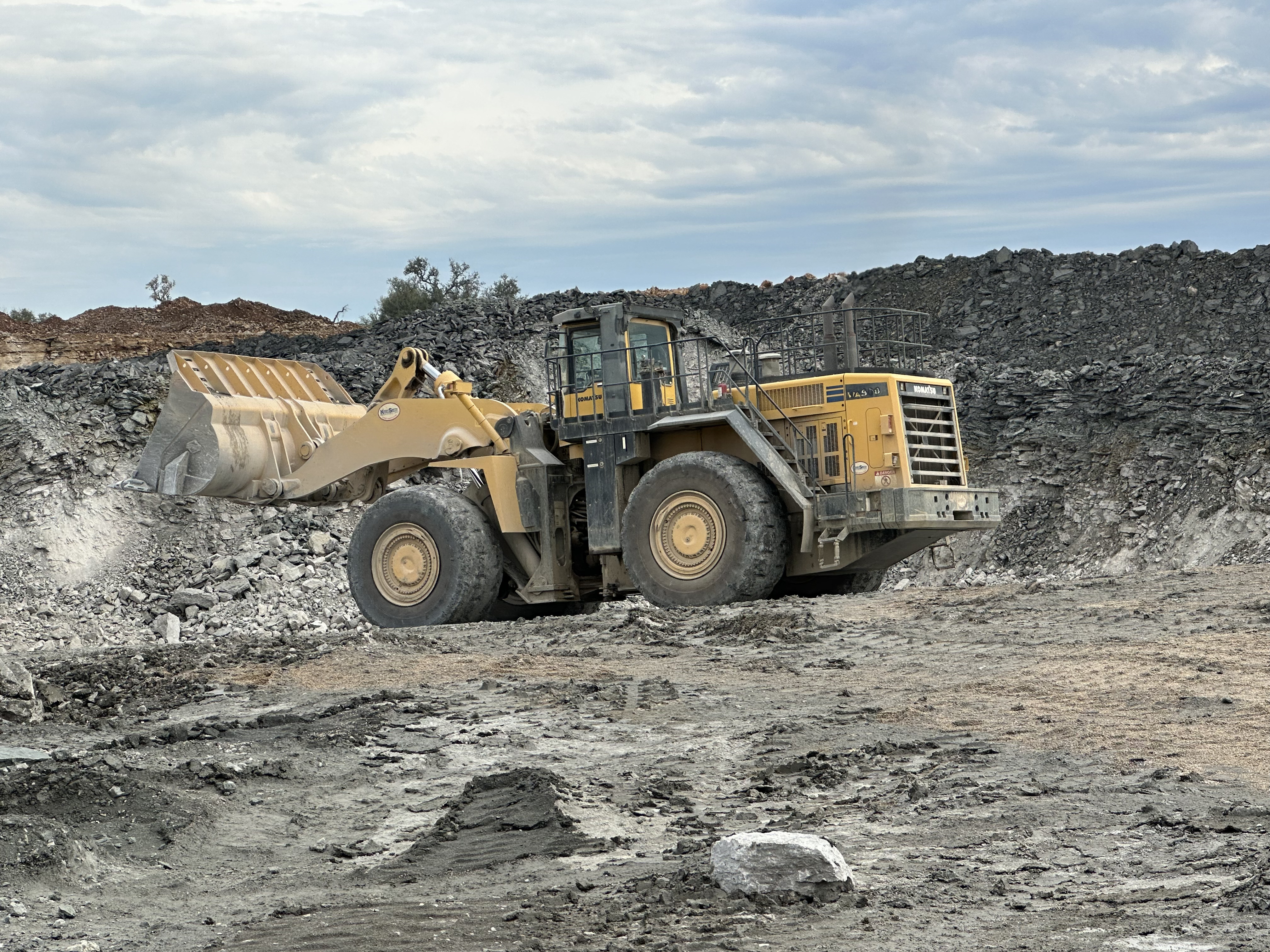




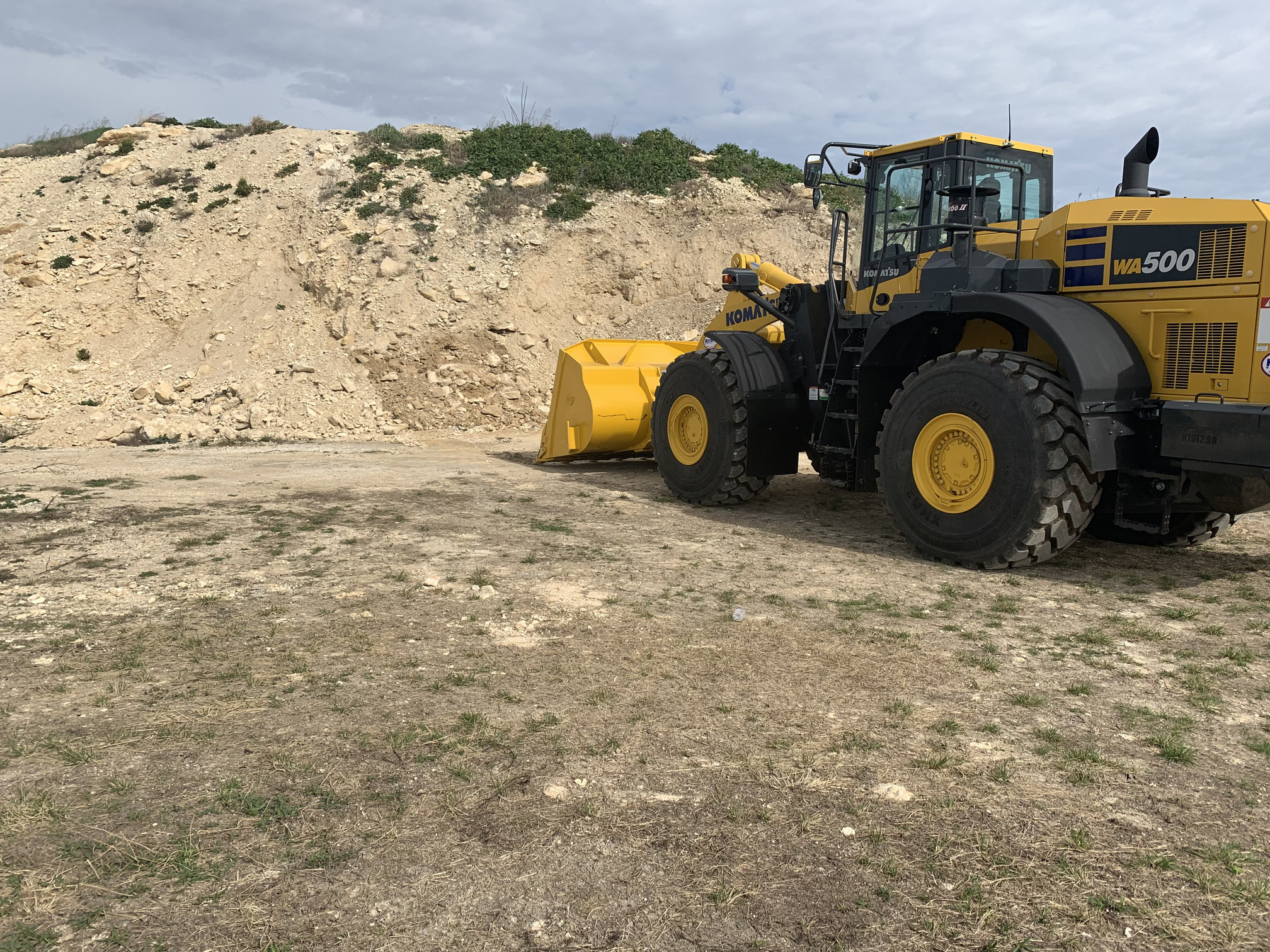
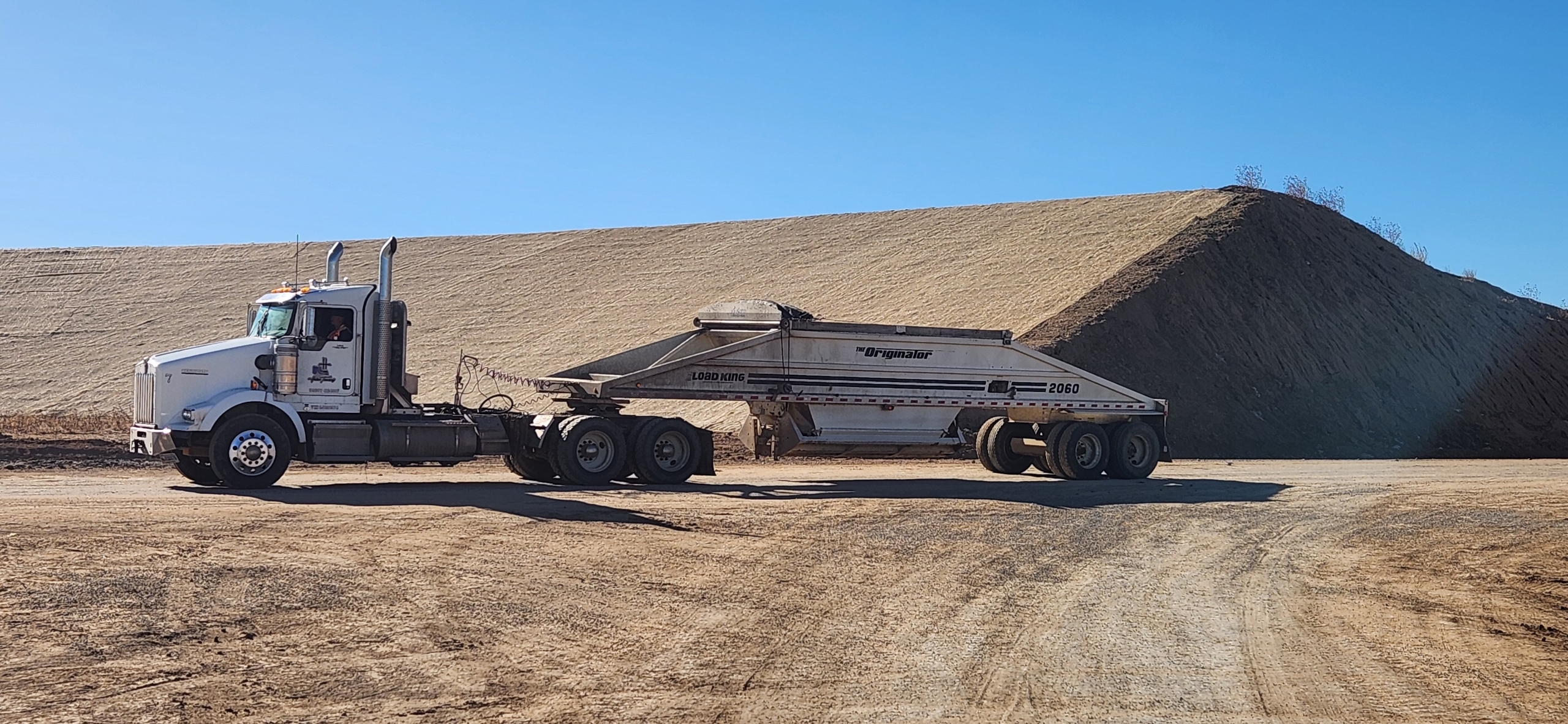
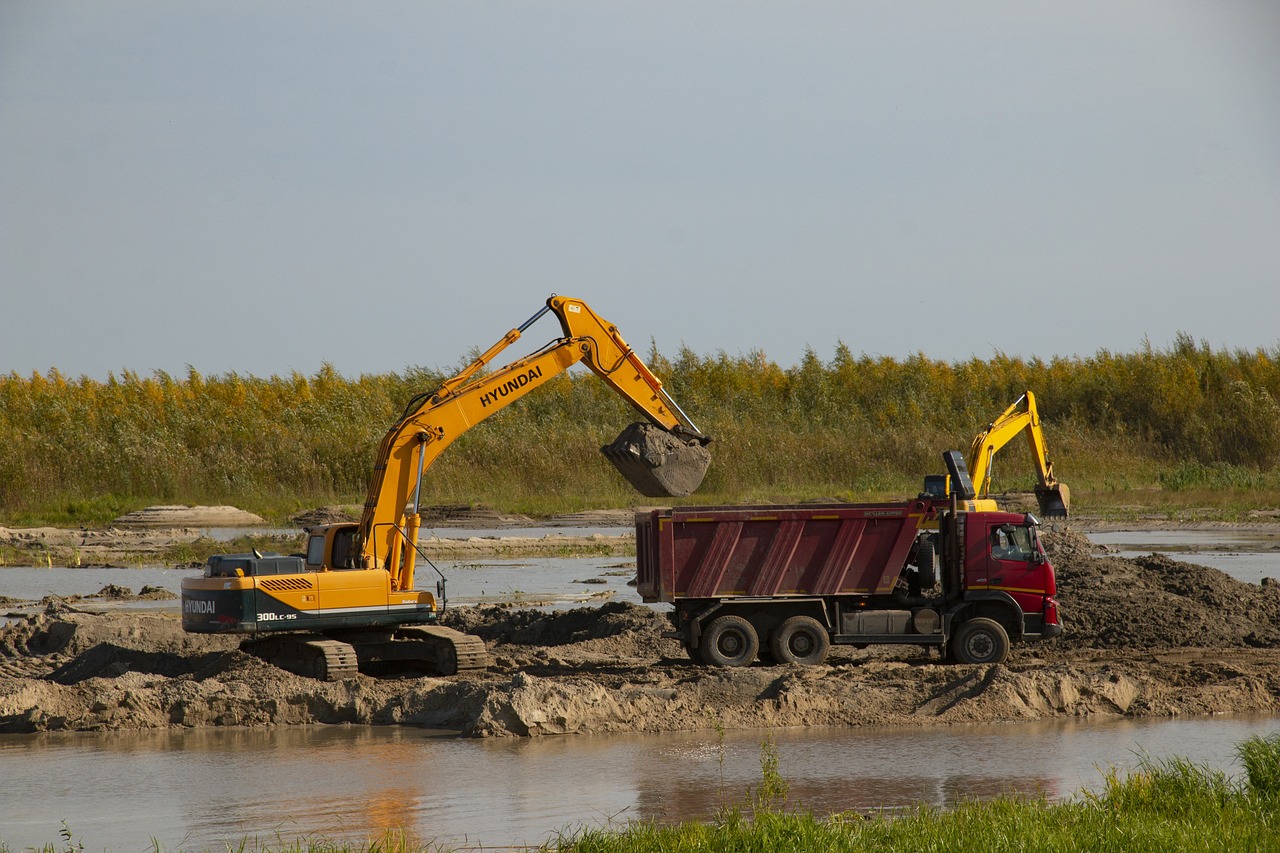

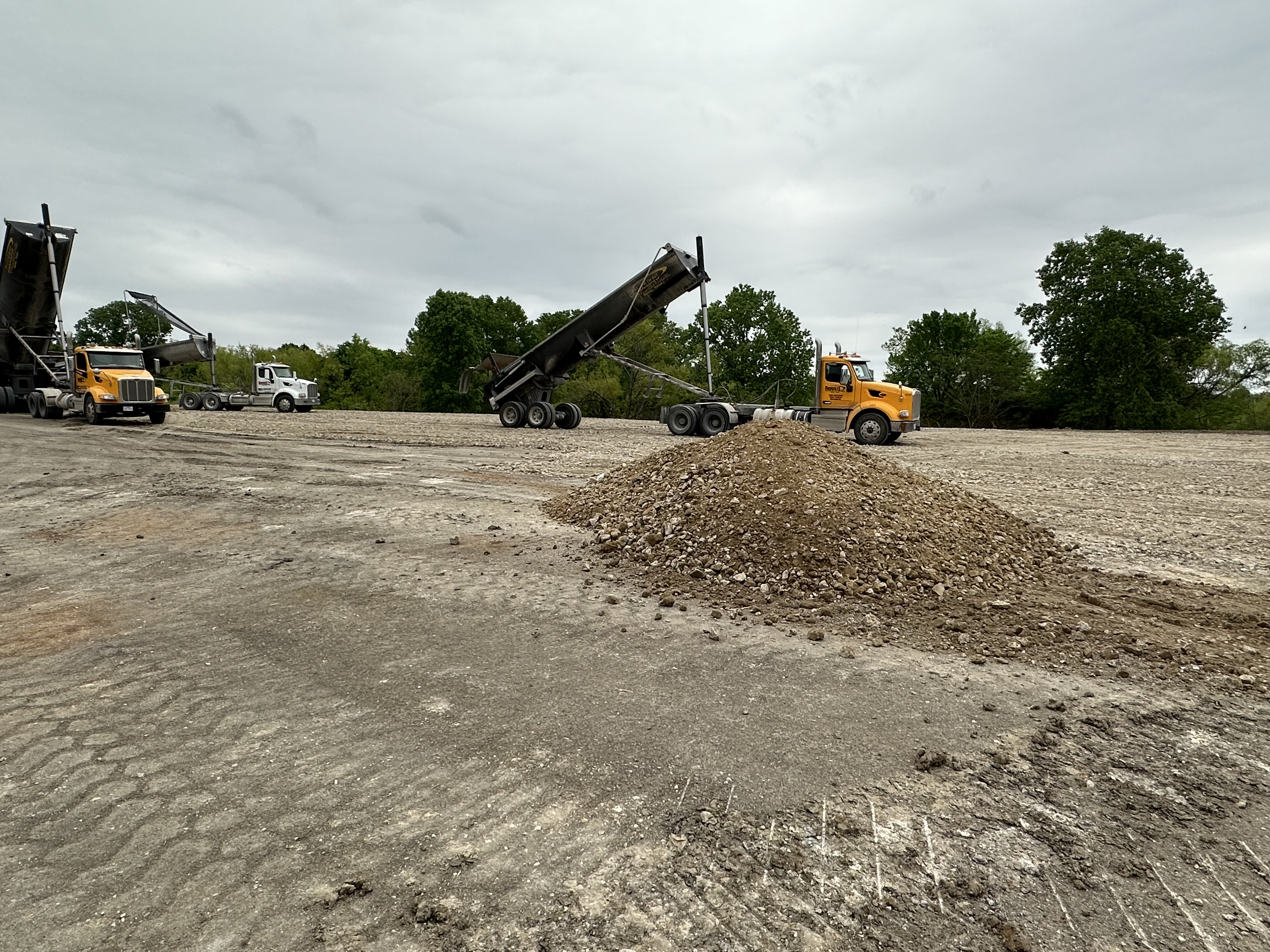

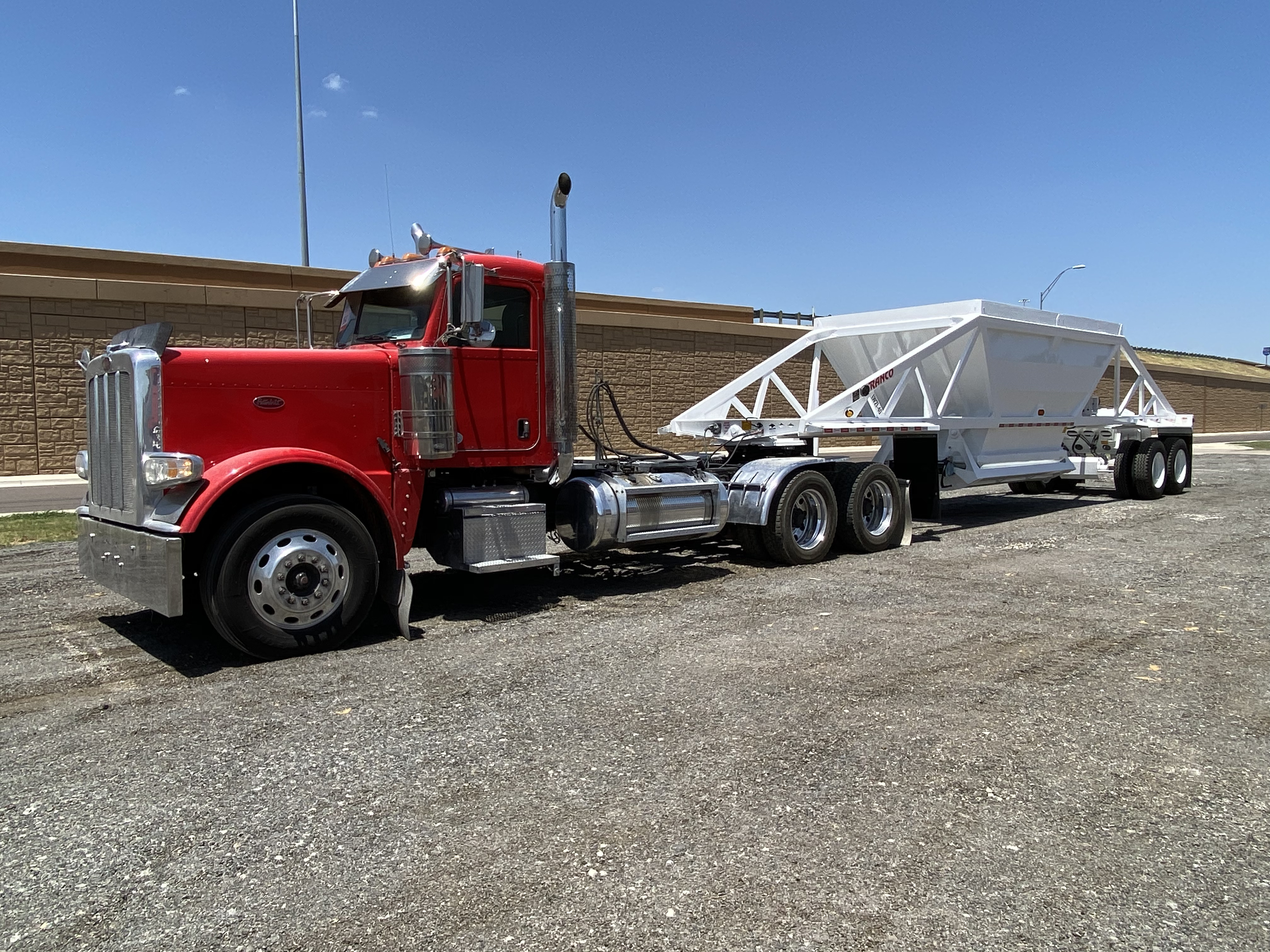
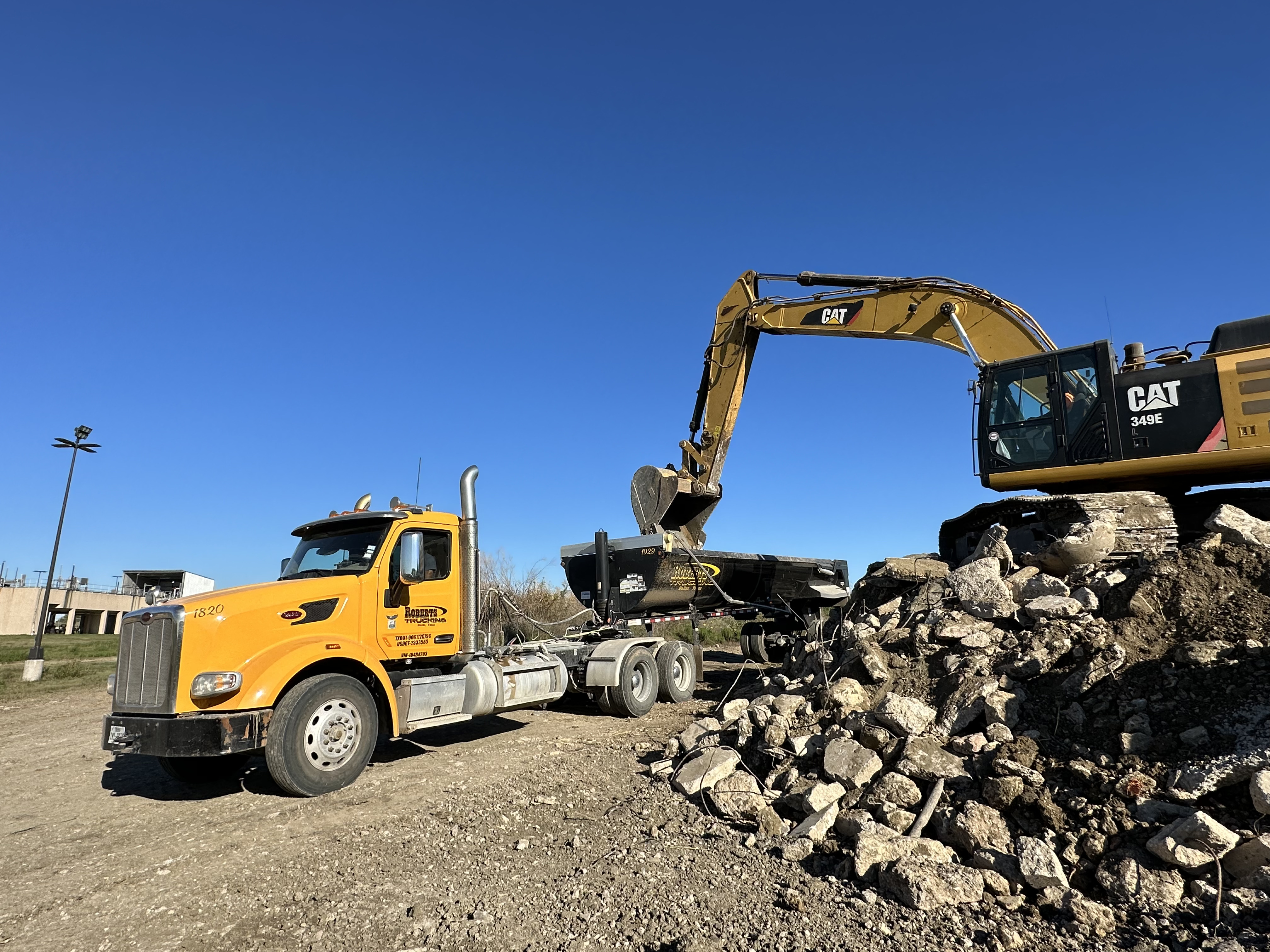
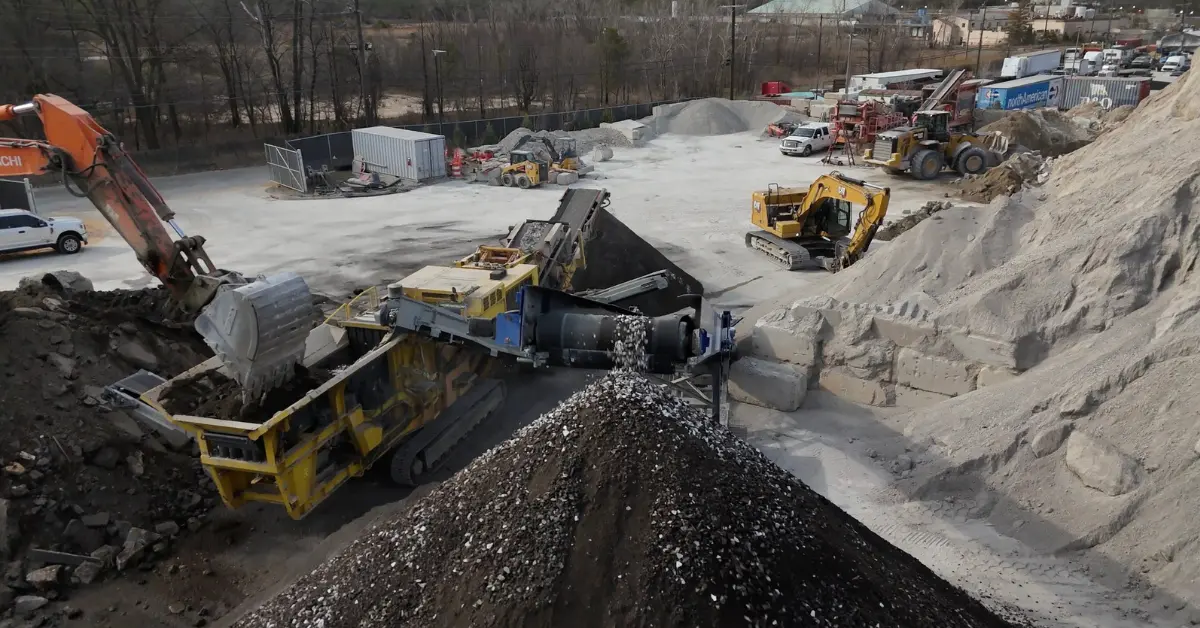
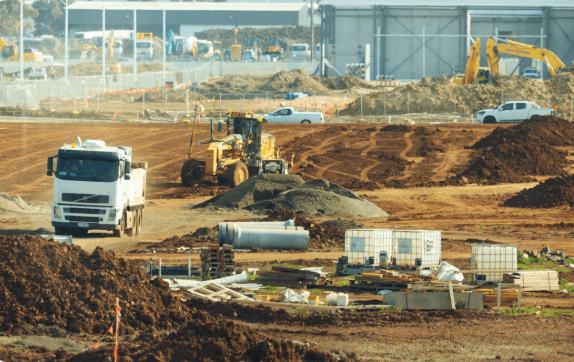
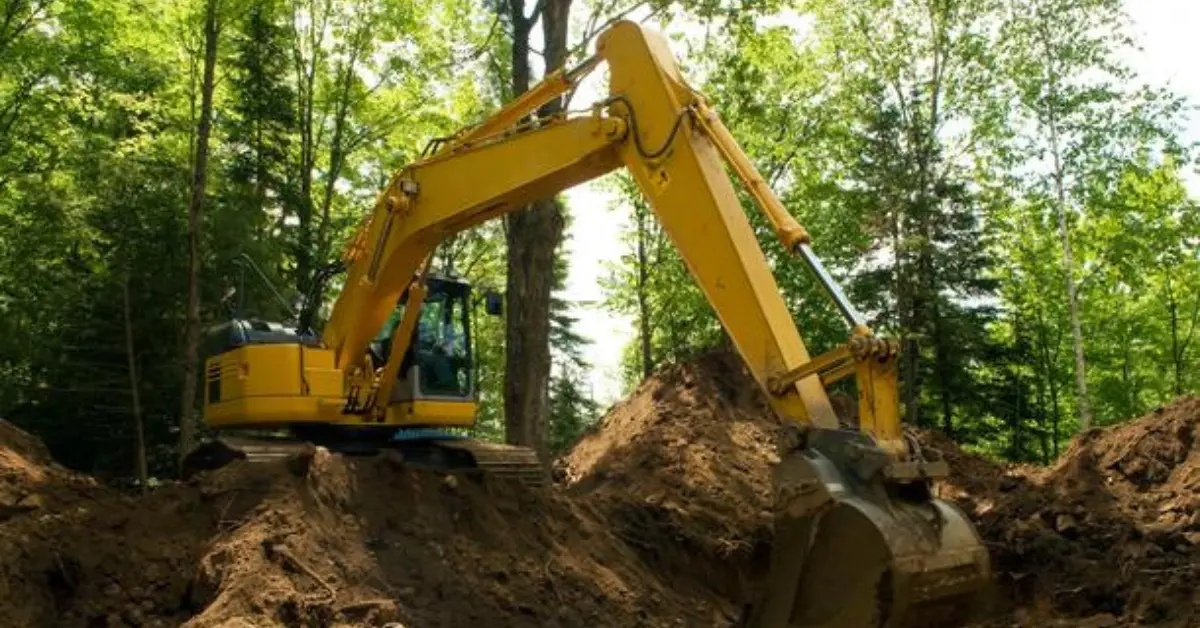
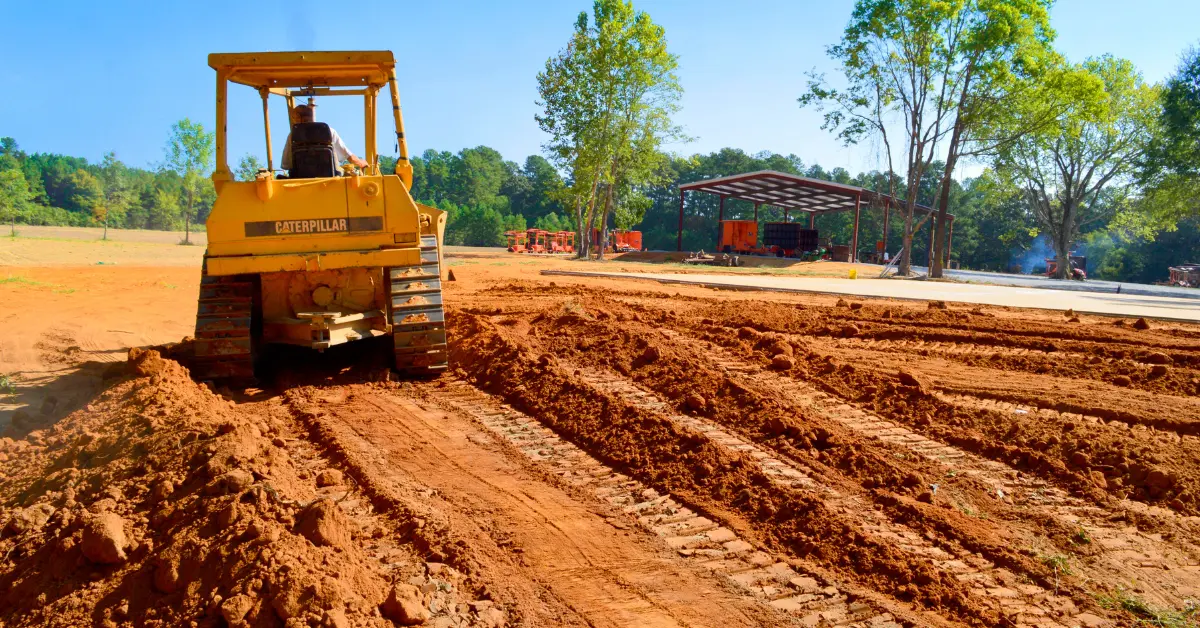
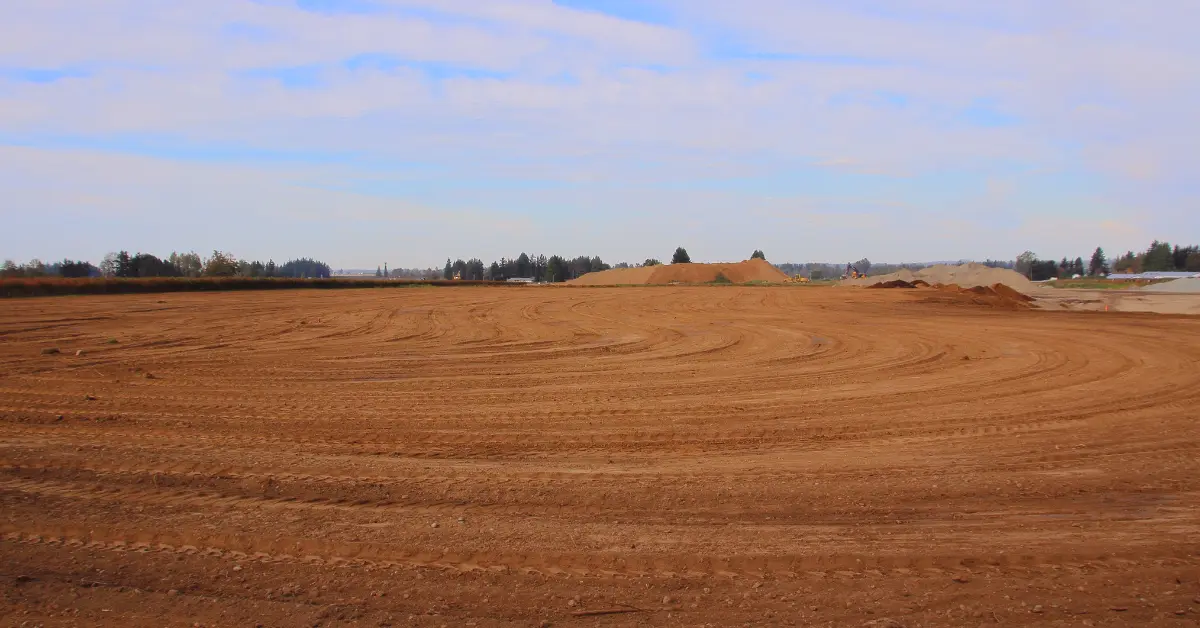



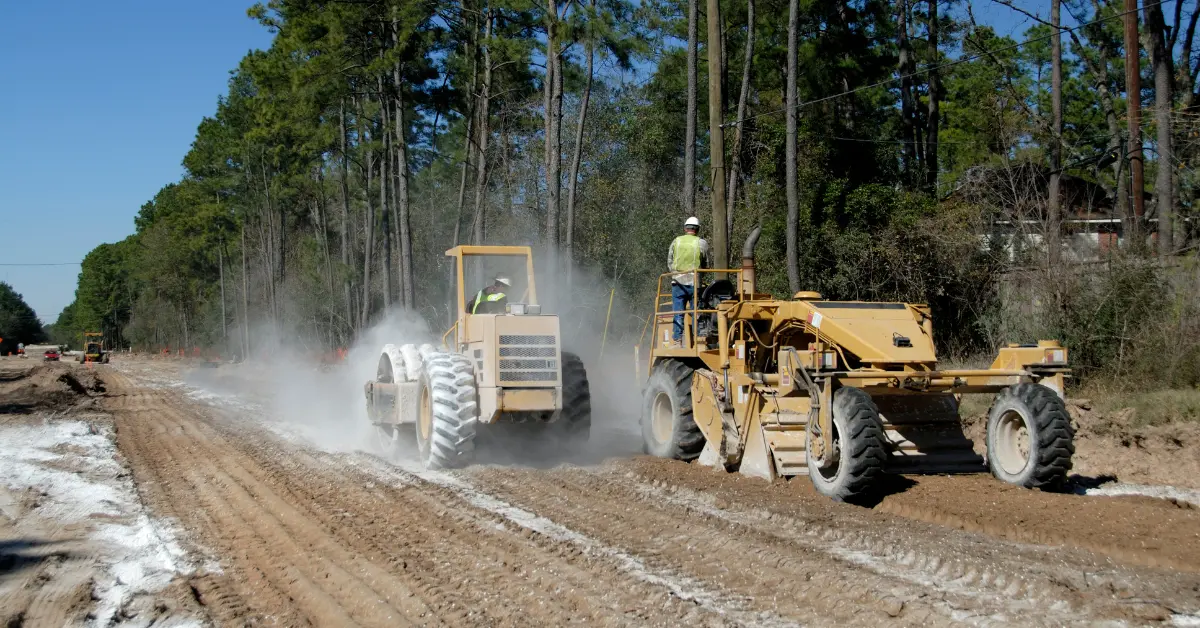




.jpg)

